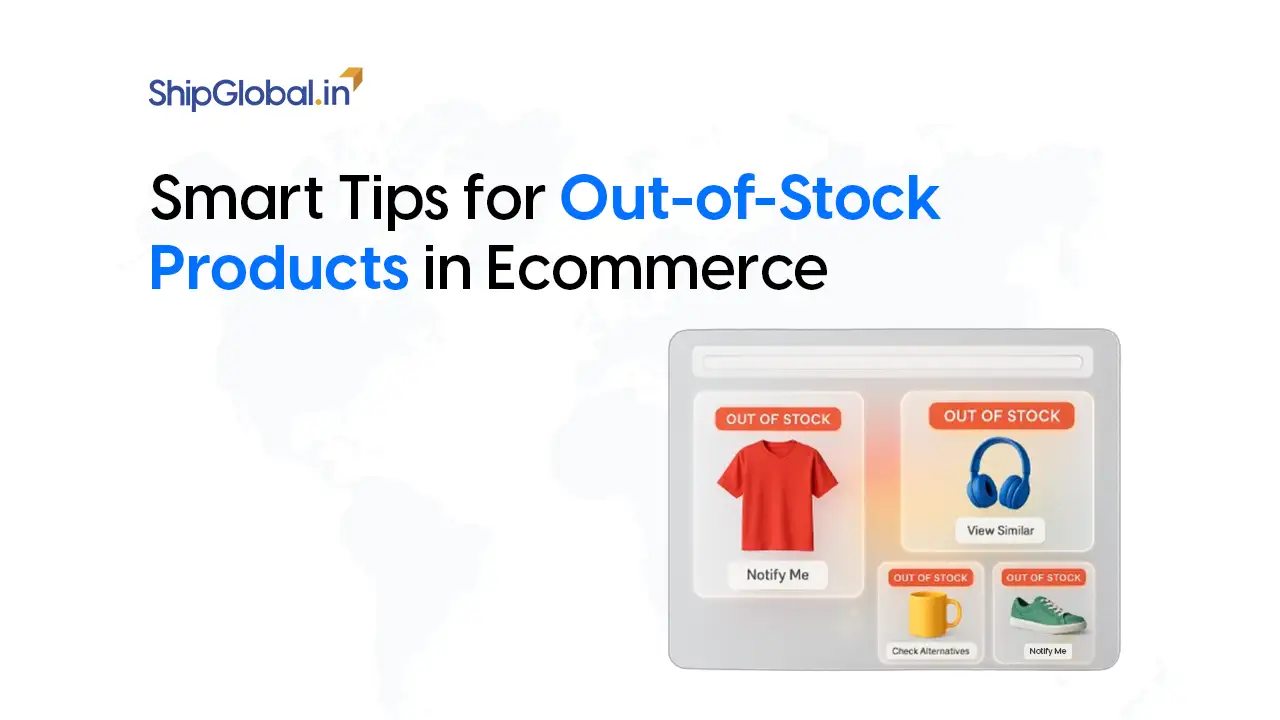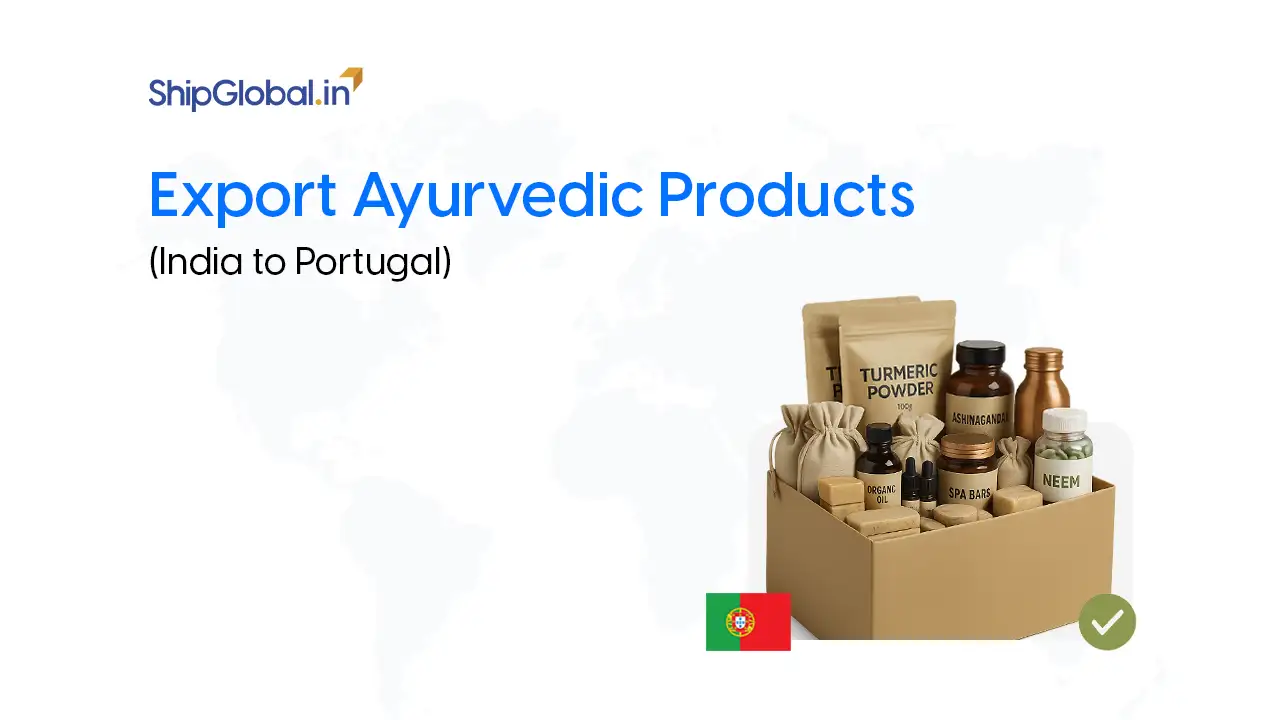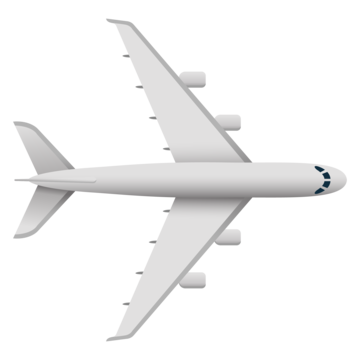If you’ve ever looked into international trade, you’ve probably come across the terms tariff vs duty. At first glance, they seem similar, and many exporters and importers use them interchangeably. But the truth is, while both involve taxes on goods, they are not exactly the same. Understanding the difference between tariff vs duty is crucial for anyone involved in importing or exporting goods, especially when dealing with customs in countries like the USA.
But here’s what it is: tariff and duty are related, yet they are not identical.
Let’s take the confusion apart step by step in simple language. By the end of this blog, you’ll know the exact difference, especially the meaning of terms like custom duty, tariff vs tax, and more.
What Exactly is a Tariff? Understanding Tariff vs Duty
A tariff is a type of tax that a government charges when goods cross its border. In most cases, tariffs are applied to imports, meaning goods coming into the country.
Think of tariffs like a toll gate on a highway. If you’re driving into a new state or city, you may need to pay a toll before you’re allowed to continue. A tariff works similarly: before your goods can officially enter another country, the government will charge you a tariff.
For example, suppose you are exporting shoes from India to the United States. If the U.S. government imposes a 10% tariff on imported shoes, then before those shoes can be sold in the U.S. market, you will have to pay 10% of their value as a tariff.
Now here’s where the HSN code (Harmonized System of Nomenclature) comes in. Every product traded internationally has a unique HSN code, which helps customs authorities identify the goods. The tariff rate you pay is based on this HSN classification. For example, leather shoes and sports shoes may have different HSN codes, and therefore different tariff rates.
The government usually imposes tariffs for two main reasons:
- Revenue generation – tariffs bring money into the government’s pocket.
- Protecting local industries – tariffs make imported goods more expensive, which gives local producers a better chance to compete.
So in the tariff vs. duty discussion, tariff is always linked to international trade.
What Exactly is a Duty? Key Differences in Tariff vs Duty
The word duty is broader. It refers to a tax charged on goods, but not always just when they cross borders.
Here’s where custom duty meaning becomes important:
It is the total tax charged on imported or exported goods, often including tariffs and other duties.
A duty can apply in many different situations:
Import duty: A tax charged on goods entering a country. For example, if you import electronics from India to the United States, you may need to pay import duty.
Export Duty: A tax charged on goods leaving a country. For example, India sometimes imposes an export duty on raw materials like iron ore.
Excise Duty: A tax charged on goods produced inside a country, often on items like alcohol, fuel, or cigarettes.
Customs duty: A broad term that refers to the total tax charged on goods at a border, which may include tariffs and other types of duties.
Just like with tariffs, HSN codes play a critical role in duties. Customs officials use HSN codes to determine the correct duty rate for each product. For instance, importing laptops may attract a different duty rate than importing mobile phones, even though both are electronics, simply because they fall under different HSN codes.
The key thing to remember is this: all tariffs are duties, but not all duties are tariffs. And both are calculated based on the product’s HSN classification.
Tariffs Vs. Duty: Breaking it Down
The difference between the two is clearer if you compare them directly.
Tariff vs. Duty: What’s the Difference?
| Term | Definition |
|---|---|
| Tariff | A specific kind of duty that applies when goods cross international borders — always linked to trade. |
| Duty | A broader term covering taxes on imports, exports, and even goods sold within a country. |
🌍 All tariffs are duties, but not all duties are tariffs.
Tariff Vs. Tax Vs. Duty
Another layer of confusion comes from the word “tax”. People often wonder: Is a duty the same as a tax? Is a tariff the same as a tax?
Here’s a simple explanation:
- Tax is the general term. It is any money collected by the government to fund public spending. It can be on your salary (income tax), on goods and services (GST or VAT), or even on your property (property tax).
- Duty is a specific type of tax that usually applies to goods. It can apply to goods being imported, exported, or produced domestically.
- Tariff is an even more specific type of duty that applies only when goods cross international borders.
Example: USA Customs Duty
Let’s take a real-world example to make this less abstract.
Suppose you are importing wooden furniture from Vietnam into the United States.
- When your goods arrive at a U.S. port, the customs authorities will check them.
- The U.S. government charges customs duty on imported goods. This duty is the total amount you need to pay before your goods are allowed in.
- If the U.S. has imposed a 25% tariff on imported furniture, then this tariff becomes part of the customs duty you owe.
- Along with the tariff, there may be other charges or duties, depending on the product.
When you hear the phrase “USA customs duty,” it refers to the entire package of charges the importer must pay at the border. That package often includes tariffs.
Why Do Tariffs and Duties Matter for Exporters and Importers?
If you are in the business of exporting or importing, understanding these terms is not just about theory. It directly impacts your costs, profits, and competitiveness.
Here’s why it matters:
- Calculating landed cost: Landed cost means the final price of your product after including production, shipping, insurance, tariffs, duties, and other charges. If you don’t know the difference between a tariff and a duty, you may miscalculate your landed cost and either overcharge or undercharge your customer.
- Avoiding surprises at customs: Imagine your goods reach another country and suddenly you discover a tariff you didn’t account for. That unexpected cost can wipe out your profit margin.
- Pricing your product correctly: Tariffs and duties make imported goods more expensive. If you don’t calculate them properly, your product may become overpriced compared to local alternatives.
- Staying compliant with laws: Customs authorities are strict. Misunderstanding or misdeclaring duties and tariffs can cause delays, penalties, or even seizure of goods.
Quick Recap
To make this as clear as possible, here’s a simple comparison table
| Term | What It Means | Example |
| Tax | A general charge collected by the government | Income tax, sales tax, VAT |
| Duty | A type of tax on goods | Import duty on electronics, excise duty on alcohol |
| Tariff | A type of duty specifically on international trade | 10% tariff on imported shoes in the USA |
Final Thoughts
Tariffs and duties may sound like complicated trade jargon, but once you strip them down, the difference is straightforward.
- A tariff is always about cross-border trade. It is a charge applied when goods move between countries.
- A duty is the bigger category. It covers tariffs, but also applies to other situations like local production or export.
- A tax is the most general term, covering all types of government revenue.
For exporters and importers, understanding these differences is more than just book knowledge. It affects how you price your goods, how you negotiate with buyers, and how you plan your business strategy in global markets.
In today’s trade environment, especially with major economies like the USA frequently revising tariffs on certain countries, keeping up with these concepts is critical. The more clarity you have, the easier it becomes to navigate customs paperwork, avoid hidden costs, and grow your business internationally.
FAQs
No. A tariff is a type of duty, but not all duties are tariffs. Tariffs specifically apply to international trade (imports/exports), while duties can also apply to goods made or sold within a country.
Customs duty is a type of duty charged by customs authorities when goods enter or leave a country. It often includes tariffs and other charges that apply at the border. So, customs duty is part of the broader “duty” category.
Countries impose tariffs mainly for two reasons:
To protect local industries by making imported goods more expensive.
To generate revenue for the government.
When you hear “USA customs duty,” it refers to the total tax charged by U.S. customs authorities on imported goods. It may include tariffs as well as other duties depending on the product.
Yes. Tariffs are not fixed forever. Governments can raise or lower tariffs based on trade policies, political decisions, or disputes between countries. For example, the U.S. has changed tariffs on Chinese goods multiple times in recent years.









